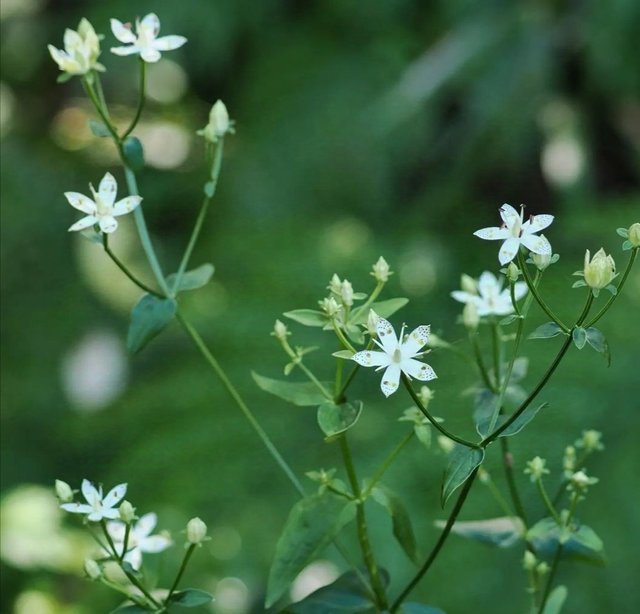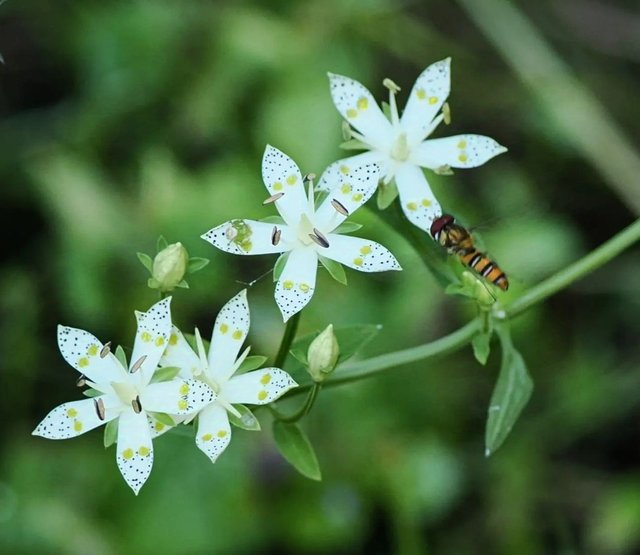Swertia Japonica So Amazing
Swertia japonica: A Deep Dive into Its Botanical and Medicinal Significance
Swertia japonica is a fascinating plant species that has long been admired for its medicinal properties and unique biological characteristics. Belonging to the Gentianaceae family, this herb is native to East Asia, primarily found in Japan, Korea, and parts of China. It grows in mountainous regions and meadows, thriving in temperate climates. The plant is notable for its beautiful, star-shaped flowers and its bitter taste, which has been historically linked to its medicinal uses.
Botanical Characteristics
Swertia japonica is a perennial herb that typically reaches about 30 to 60 cm in height. It has a slender, erect stem with alternating leaves. The leaves are simple and lanceolate, with prominent veins that run along their length. One of the most striking features of Swertia japonica is its small, star-shaped flowers, which are usually pale green or purple, with five petals that give it a distinctive appearance.
The plant blooms in late summer to early autumn, producing numerous small flowers arranged in loose clusters. The flowers are hermaphroditic, meaning they contain both male and female reproductive structures, which allow them to self-pollinate if necessary. The fruit of Swertia japonica is a small capsule that contains numerous tiny seeds, which are dispersed by wind.
Habitat and Distribution
Swertia japonica thrives in the temperate regions of East Asia. It prefers moist, well-drained soils and is commonly found in open grasslands, forest edges, and mountainous areas. In Japan, it is often found in alpine zones, where it grows in full sunlight or partial shade. The plant is adapted to harsh environments, making it resilient in the face of cold temperatures and poor soil conditions.
Its wide distribution across East Asia speaks to its adaptability, and it has been a part of traditional medicinal practices in these regions for centuries.




